About 10 years ago, I was in the proshop at Bay Harbor on a cold May morning and was talking with some of the employees about the top courses in northern Michigan. I mentioned that everyone seems to love Arcadia Bluffs but then—and I don’t remember if I mentioned it or if he did—one of them said ‘but Forest Dunes is the best course up here.’ And his coworker agreed with him.
You know that a course is pretty good when even the major competition says that it’s the best. And although I think that I still slightly prefer Arcadia Bluffs, it’s easy to make the argument for Forest Dunes. It has none of the weaknesses of Arcadia Bluffs; the routing is tight so it’s easily walkable and it’s playable even in tough conditions. Plus, it has Arcadia’s main strength—several outstanding holes. So it’s not too much of a stretch to argue that Forest Dunes is the best public course in the state. It’s almost certainly top 3, although I’m glad to say that that’s a tougher call now than it was a few years ago, thanks in large part to the addition of its sister course, The Loop.
Tom Weiskopf’s design is over a fairly gentle property that alternates between wooded and open sandy settings. Although the setting would lend itself well to a rustic course with simple maintenance demands, Forest Dunes is the opposite, with immaculate bent grass tees, fairways, and greens, thick bluegrass rough, and perfect white sand bunkers (The Loop takes advantage of this opportunity to be more rustic). Though it usually doesn’t play much of a role in what I think of a course, some courses are in such good condition that you can’t help but count it a little bit in their favor (Sweetgrass in the UP is another and maybe the Kingsley Club too).
Forest Dunes gets off to a very nice start with a medium length par 4 to a generous fairway. You can shorten the hole by playing up the right side, but then you’ll have to contend with the front right green side bunker, especially if the pin is on the right. The green is large and modest in contour—reminiscent of Weiskopf’s greens at the Cedar River Village course at Shanty Creek.
You know that a course is pretty good when even the major competition says that it’s the best. And although I think that I still slightly prefer Arcadia Bluffs, it’s easy to make the argument for Forest Dunes. It has none of the weaknesses of Arcadia Bluffs; the routing is tight so it’s easily walkable and it’s playable even in tough conditions. Plus, it has Arcadia’s main strength—several outstanding holes. So it’s not too much of a stretch to argue that Forest Dunes is the best public course in the state. It’s almost certainly top 3, although I’m glad to say that that’s a tougher call now than it was a few years ago, thanks in large part to the addition of its sister course, The Loop.
Tom Weiskopf’s design is over a fairly gentle property that alternates between wooded and open sandy settings. Although the setting would lend itself well to a rustic course with simple maintenance demands, Forest Dunes is the opposite, with immaculate bent grass tees, fairways, and greens, thick bluegrass rough, and perfect white sand bunkers (The Loop takes advantage of this opportunity to be more rustic). Though it usually doesn’t play much of a role in what I think of a course, some courses are in such good condition that you can’t help but count it a little bit in their favor (Sweetgrass in the UP is another and maybe the Kingsley Club too).
Forest Dunes gets off to a very nice start with a medium length par 4 to a generous fairway. You can shorten the hole by playing up the right side, but then you’ll have to contend with the front right green side bunker, especially if the pin is on the right. The green is large and modest in contour—reminiscent of Weiskopf’s greens at the Cedar River Village course at Shanty Creek.
The long par 4 second is one of the most difficult on the course, mostly because of trees on both sides of the fairway. The green has bunkers front left and front right, but if you look at your yardage book (or if you’ve played the course and have a good memory), you’ll see that those on the right are set a bit short of the green, giving you some room to run the ball in.
The next two holes are a medium length par 3 and par 4. The open sandy area in front of the third tee gives a taste of what’s to come, as does the green, with its spine running from back to front in the middle. The fourth is medium length par 4, fairly tight thanks to bunkers on the left and landscape trees on the right. There are a few too many landscape trees near the fairways for my liking and these short trees right of the fourth fairway should be removed—you have to contend more with the front right green side bunker from this angle anyway.
The next two holes are two of Forest Dunes’s best. The fifth is a long dogleg left par 5 to an ample fairway. Although there’s certainly room to spray it right, the lay-up is much easier if you keep your drive close to the waste bunker on the left. This gives you a view of the green and an open stretch of fairway. The green—apart from its pretty setting—is interesting; generally back-to-front sloping but with a collection area in the front right on the green. Although it’s not big enough for a pin, it’ll collect weak shots to most of them.
The sixth is a very strategic medium short par 4. It’s a bit visually complicated with all of the fairway bunkers and the tree, but there are essentially three options: (1) lay-up short of the bunkers, right of the tree, (2) hit a longer lay-up short of the bunkers but left of the tree, (3) go over the right fairway bunkers (or the tree if you’re long enough). Those shots are in ascending order by risk and potential reward. The green angles from front right to back left behind a large mound and bunkers and it’s a pretty easy wedge shot if you clear the fairway bunkers and keep it in the fairway. But there’s another (hidden) fairway bunker on the right side of this landing area, so it’s a tough drive to pull off. The long lay-up to the left shortens the second enough to allow you to reach the green, but leaves a terrible angle over bunkers. While very demanding, to me, this fairly short par 4 is as interesting as the more well-known seventeenth.
Seven is a medium length par 5 with trees in the rough, similar to two and four. These pictures were taken in 2016 and they’ve since lost this white oak short left of the green, which, though I hate to lose a good native tree, has been a good thing--the green side bunkers are already enough of a challenge. The eighth is the last of the forest holes, playing to a fairly wide fairway with a big bunker on the right. The second shot opens up down the hill, giving a beautiful view of the clubhouse and a hill which is now home to the par 3 course. Although there’s a pond short right and a lot of bunkers, there’s plenty of room to run the ball up the left.
After the difficult par 3 ninth over the pond to a green surrounded by bunkers (and a demonstration of your lack of golfing ability to the people having lunch on the porch), we come to the split fairway long par 4 tenth. This hole is Forest Dunes’ one wrong note. Normally on a split fairway hole, the tougher option should leave you an easier approach to the green if you pull it off. Here, that’s only for the tougher right hand fairway true if the pin is on the right side of the green. Although the right fairway is much narrower and blind, the green horseshoes around a front bunker, with a high middle tier and lower front left and right tiers. If the pin is on the left, the shot from the easier fairway to the left is much easier than the tougher fairway to the right. I guess you could think of it sort of as two holes; if the pin is middle or right, the play down the right fairway sets up the easier approach but if it’s on the left, you should just play down the left fairway. I guess that that’s fine, but I’d prefer it if the tougher tee shot always left an at least somewhat easier approach.
The eleventh is a very aesthetically pleasing par 3 over a sandy waste area to a green that’s easier to hit than appears. The twelfth is another narrow tee shot through the trees, but I like this one a bit more than those on the front nine because while there’s a lot of open fairway on the right, there’s a strong reason to hug the fairway bunker on the left—the green angles front left to back right down a pond and is fairly shallow. So the approach from the left is much easier.
The thirteenth is another excellent short par 4, to a fairly wide fairway between goalpost oak and pine trees on the left and right respectively. At the time of this picture and up to the summer of 2020, a short drive in the right quarter of the fairway would have been partially to fully blocked by the forked red pine on the right, in addition to having a bad angle to the front left to back right-angled green. Unfortunately, strong winds in July 2020 brought down the left prong of this tree. But unless the pin is in the front, it’s still a much tougher shot from the right side of the fairway because you’re coming over a bunker and the green is narrow—and, atypically for this course, convex in the back.
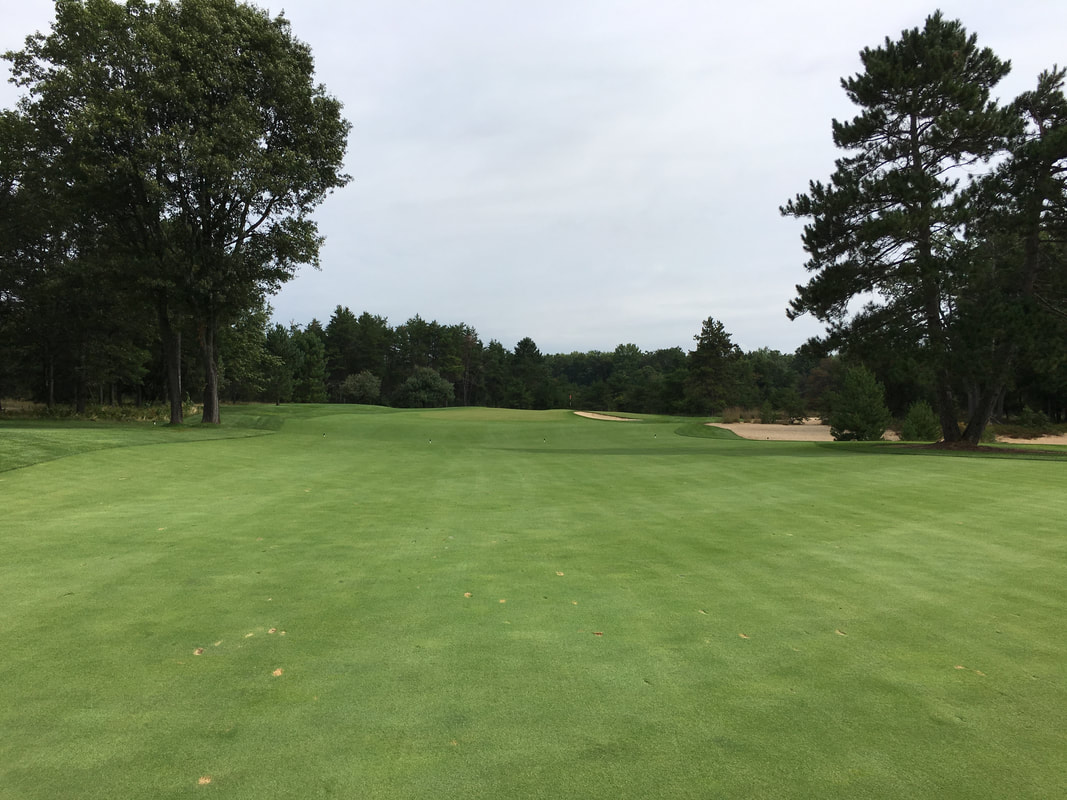
The approach from close to the optimal spot. Unfortunately, the left half of the beautiful forked red pine on the right was knocked down by a storm just before my subsequent July 2020 visit. But as we can see with today's back right pin, it's still a much better angle from the left than from the right.
After the difficult long par 4 fourteenth, we come to one of my favorite holes at Forest Dunes, the par 5 fifteenth. This hole is a bit odd for Forest Dunes, with a small, blind green hidden in a bowl. But it fits the hole perfectly and adds a nice bit of variety. The drive is pretty straight forward—just keep it straight and out of the bunkers. But thinking backward from the green, which is tucked away over the hill to the left and has a bunker on the right, the best approach shot will come from a lay-up to the left, near the trees and the fairway bunker. The second shot seduces you with open fairway on the right, but this leaves a much longer third with a much poorer angle. It’s a great hole but I’d change one thing—have all fairway height grass at the front left of the green rather than the current rough.
After a pretty long par 3 that gives you a nice opportunity to run the ball onto the green, we come to perhaps Forest Dunes’ most famous hole: the drivable par 4 seventeenth. The drivable par 4 is a standard for Weiskopf courses and this one is excellent (the one other one that I’ve played is the fourteenth at Cedar River Village, which isn’t). The green is over a big waste bunker to the left, and if you’re laying up, you’ll go to the narrow strip of fairway on the right. The further you go on this line, the wider the fairway becomes (up to the right green side bunker, of course). But while the fairway becomes more generous and the second shot shorter the further you go, the second shot actually becomes more difficult. That’s because the long grass over the right green side bunker begins to obscure the green, which becomes shallower and runs away from this angle. The best play if you’re laying up is to leave yourself 90-100 yards, which gives you a good angle and full view of all except perhaps the back right of the green.
But a long hitter can easily go for the green because the carry over the waste bunker is probably only about 250 from the back tee. If you carry it but stay short of the green, it’s an easy pitch down its length. The green side bunkers also aren’t too bad. The only problem is if you spray it and end up in the long grass, in which case you probably won’t find your ball and might get lyme disease. But even if you go for it, there’s room to screw up a bit and still make birdie. In short, there are a lot of options on this hole, all of them work, and they fit together beautifully. So it’s a great hole.
But a long hitter can easily go for the green because the carry over the waste bunker is probably only about 250 from the back tee. If you carry it but stay short of the green, it’s an easy pitch down its length. The green side bunkers also aren’t too bad. The only problem is if you spray it and end up in the long grass, in which case you probably won’t find your ball and might get lyme disease. But even if you go for it, there’s room to screw up a bit and still make birdie. In short, there are a lot of options on this hole, all of them work, and they fit together beautifully. So it’s a great hole.
The eighteenth hole is a bit visually busy for me, with a fairway bunker on the left and long grass/waste area on the right. But the task is pretty basic—just hit the fairway. It’s important to do that because the second shot is visually busy too; downhill to a lay-up area that’s more obscured by waste area and long grass the further right that you hit your tee ball. But the lay-up area is much wider than it appears and the hole ends up being pretty easy if you play conservatively. If you do, the third is a short pitch to a big green and the pond shouldn’t be a factor.
There’s a short, donut-shaped (bunker in the middle) par 3 nineteenth hole, which I’ve only played once because last time I was there, what must have been an outing of about 20 guys in front of us was all hitting tee shots at the same time. In any case, I’m glad that this hole isn’t on the main course because it’d be too gimmicky for it.
Because that’s one of the areas where Forest Dunes excels; it’s challenging and there are several great holes, but with the exception of the tenth hole, it never becomes over-complicated or gimmicky. Weiskopf had a great piece of land with nice landscape variety and he really let these landscapes shape the holes that cross them. Where the landscape was open and sandy, he carved waste bunkers. Where it was forested, he used trees as hazards. But it all ties together because the property has a gently rolling character throughout and the use of bunkers and shape of the greens for strategic purposes is consistent throughout.
Coupled with the natural beauty, it’s no surprise why the guys in the Bay Harbor proshop thought Forest Dunes was the best public course in northern Michigan. And I’ve never heard anyone else say a bad word about it. For me, Forest Dunes is easily one of the top 3 public courses in the state and with its sister course, the very different but also excellent The Loop, it may be the best resort for golf in the state.
Because that’s one of the areas where Forest Dunes excels; it’s challenging and there are several great holes, but with the exception of the tenth hole, it never becomes over-complicated or gimmicky. Weiskopf had a great piece of land with nice landscape variety and he really let these landscapes shape the holes that cross them. Where the landscape was open and sandy, he carved waste bunkers. Where it was forested, he used trees as hazards. But it all ties together because the property has a gently rolling character throughout and the use of bunkers and shape of the greens for strategic purposes is consistent throughout.
Coupled with the natural beauty, it’s no surprise why the guys in the Bay Harbor proshop thought Forest Dunes was the best public course in northern Michigan. And I’ve never heard anyone else say a bad word about it. For me, Forest Dunes is easily one of the top 3 public courses in the state and with its sister course, the very different but also excellent The Loop, it may be the best resort for golf in the state.
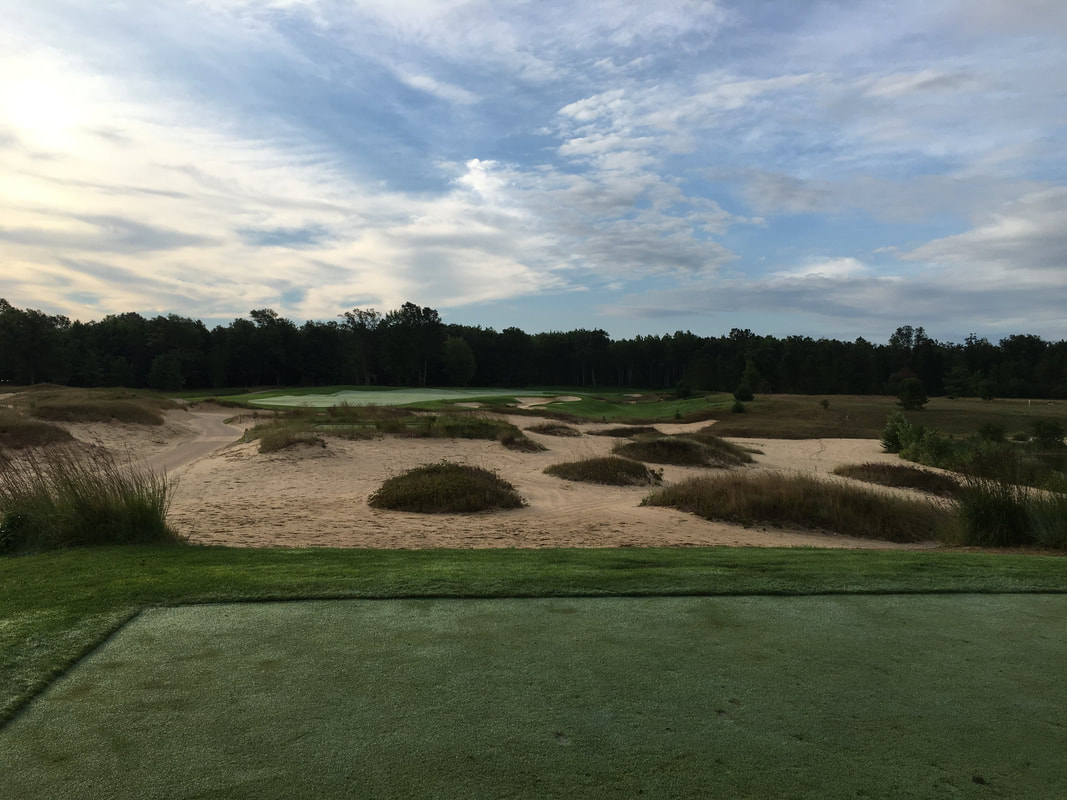
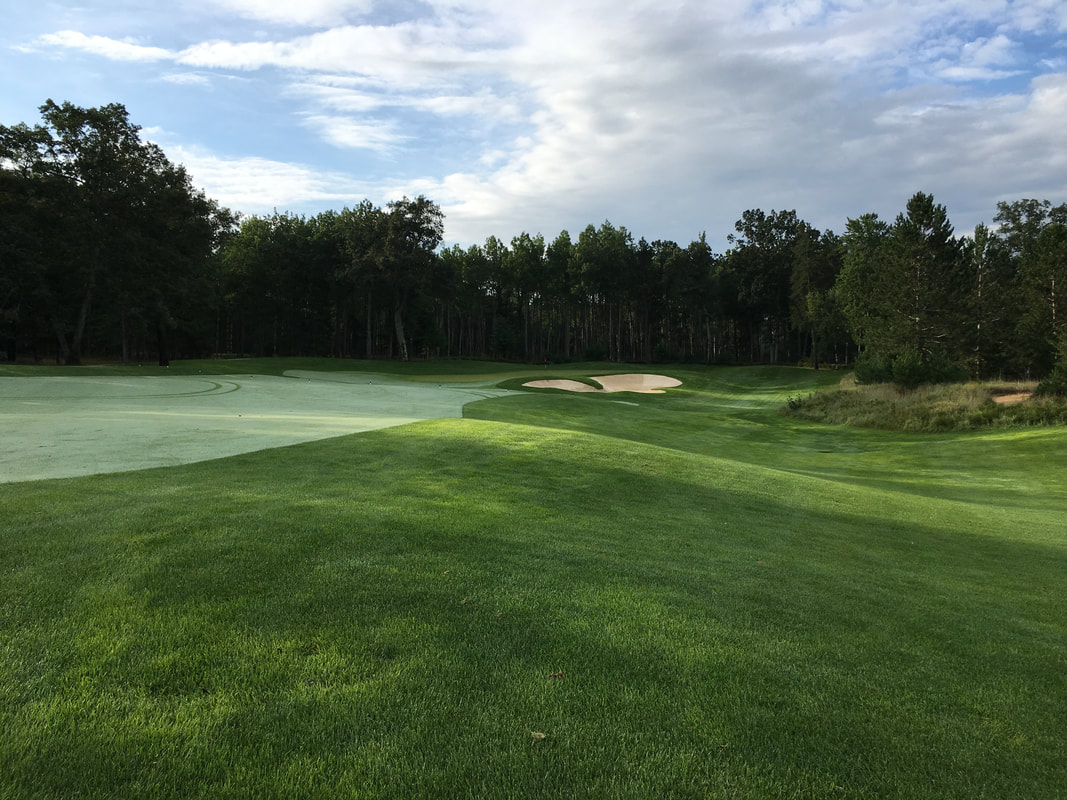
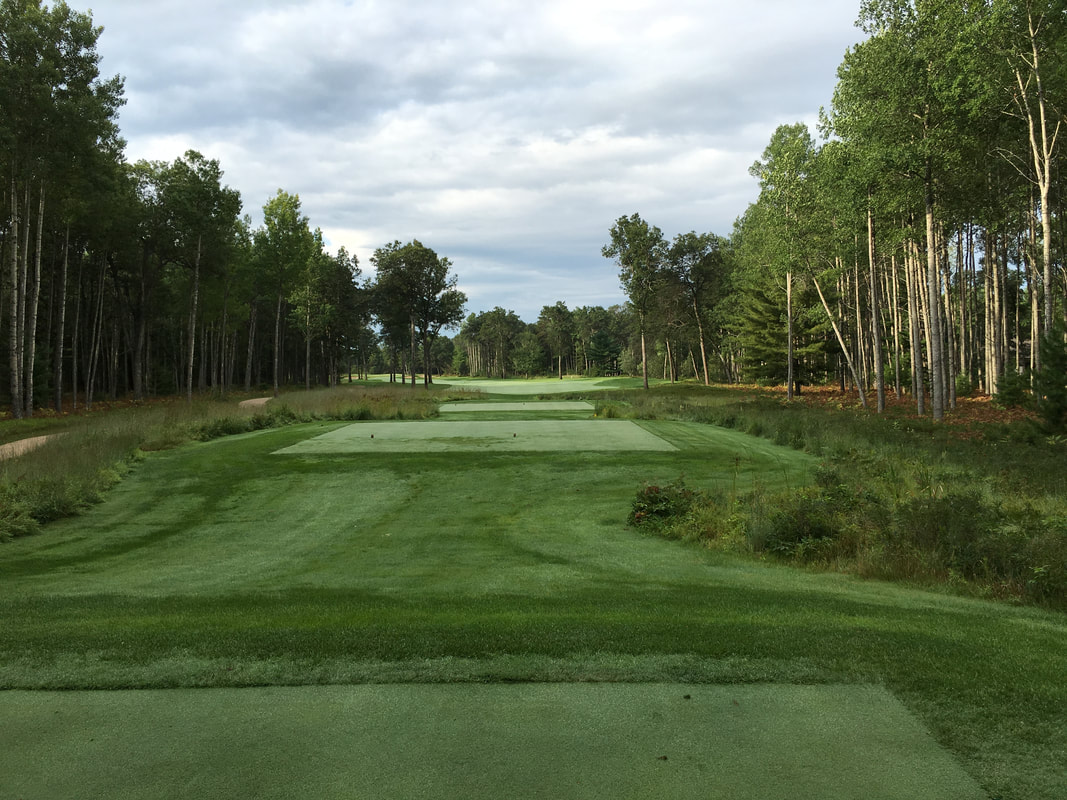
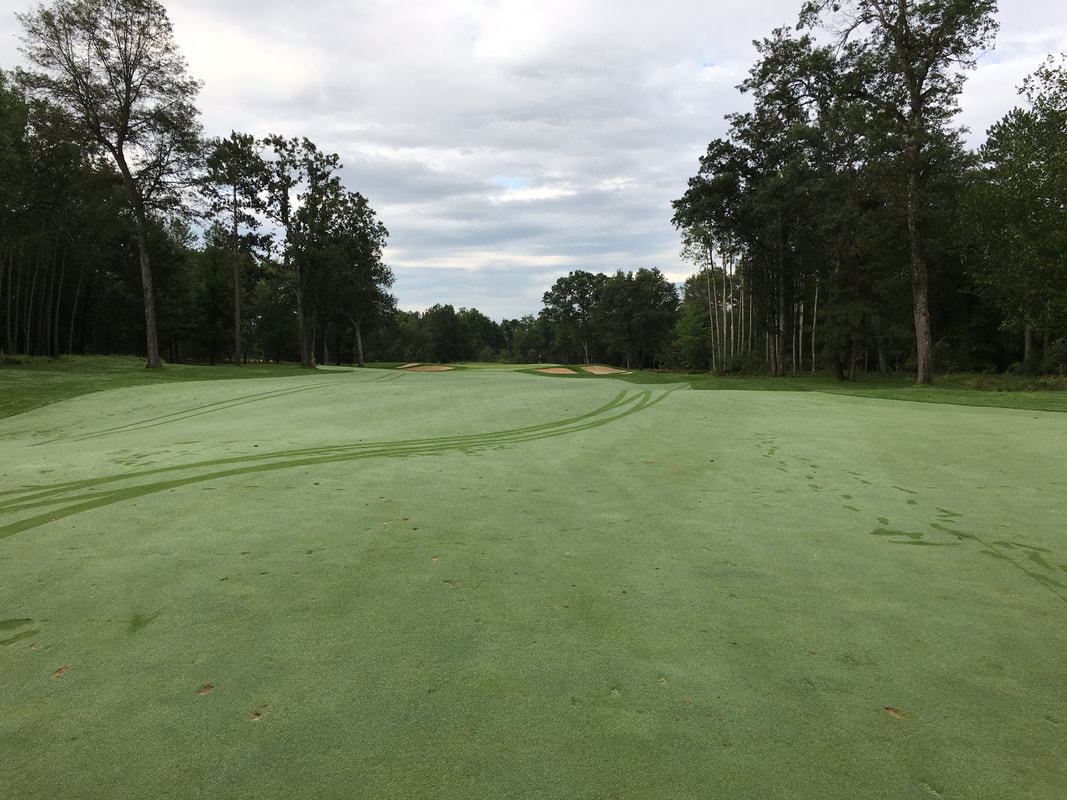
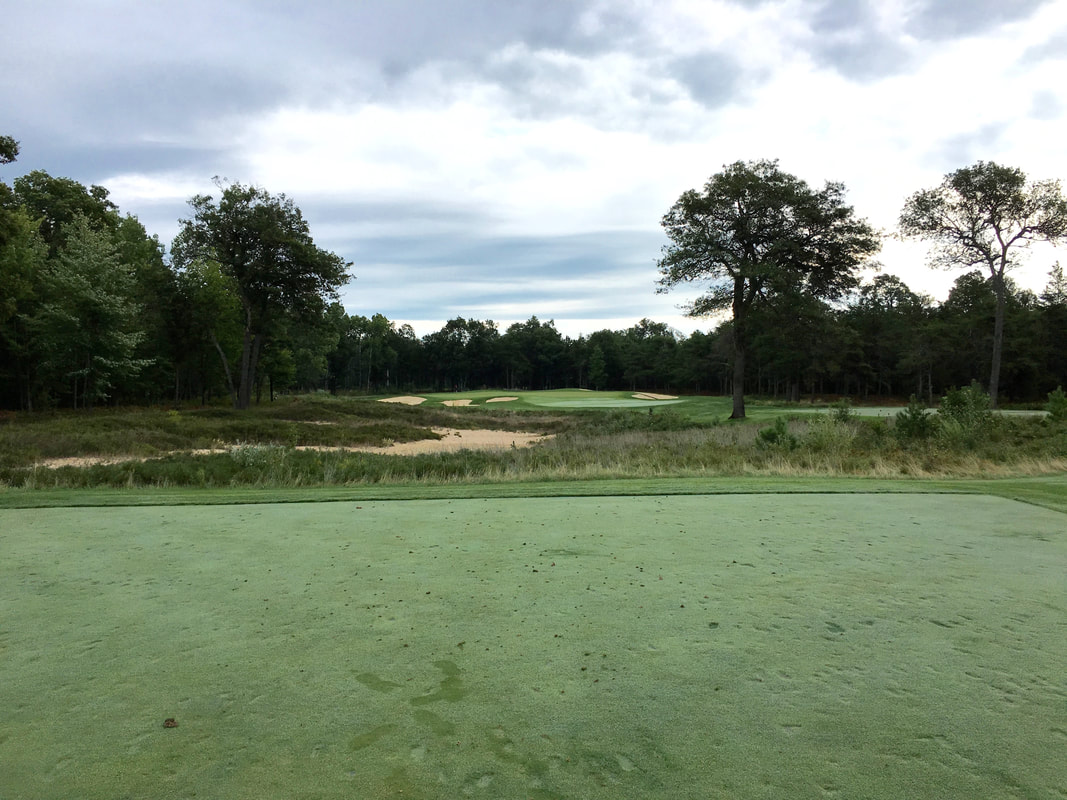
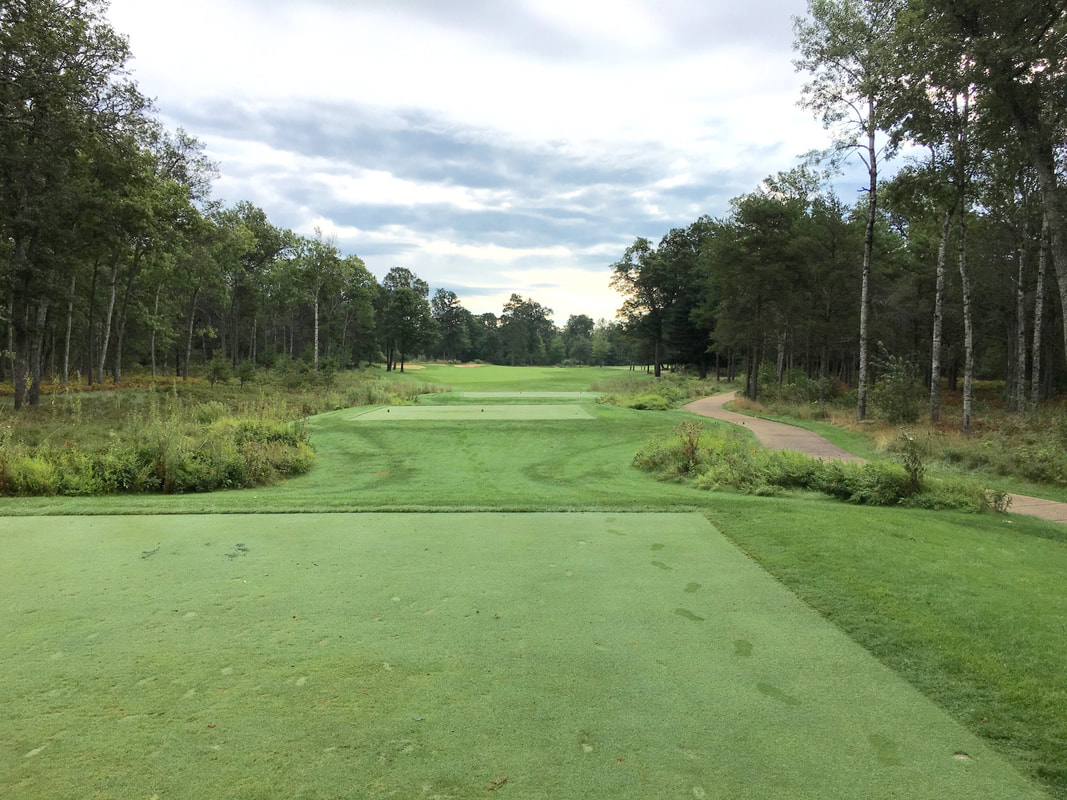
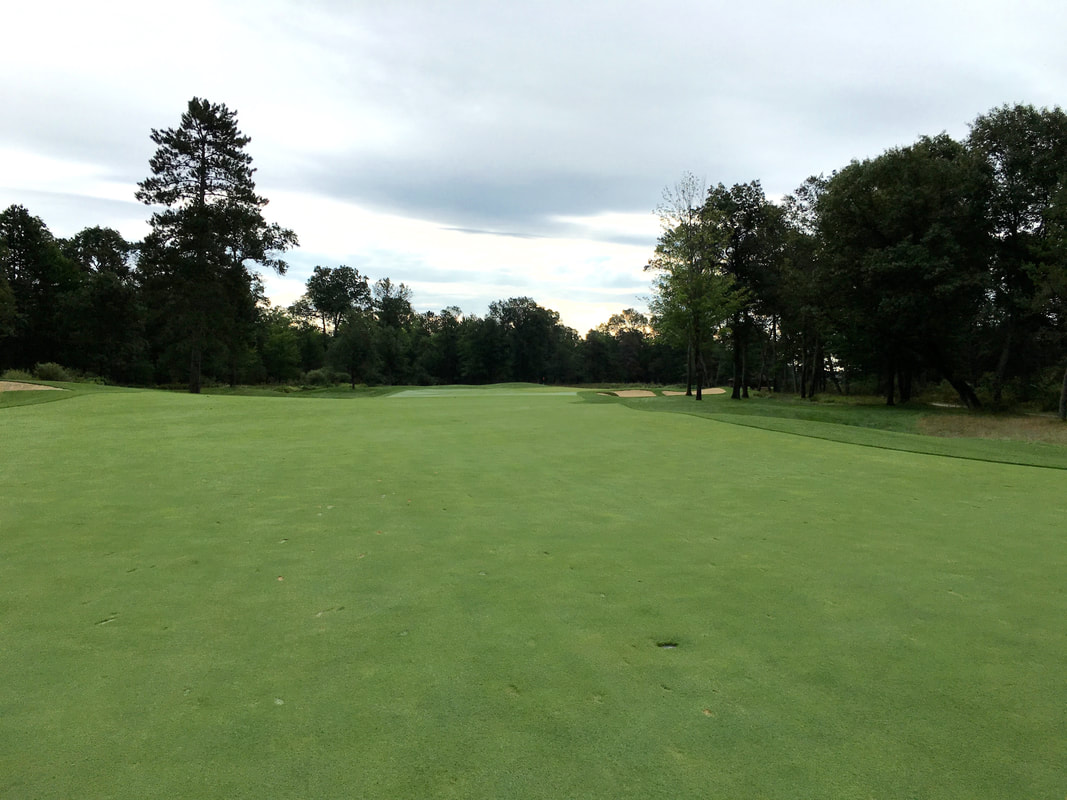
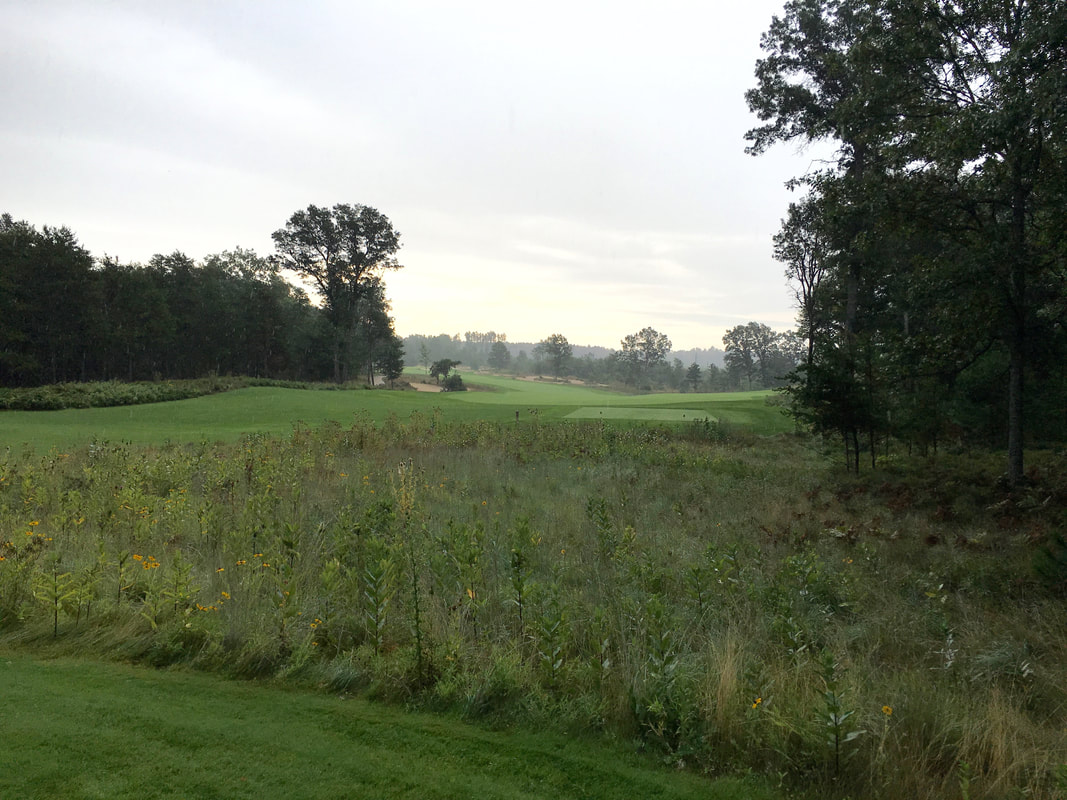
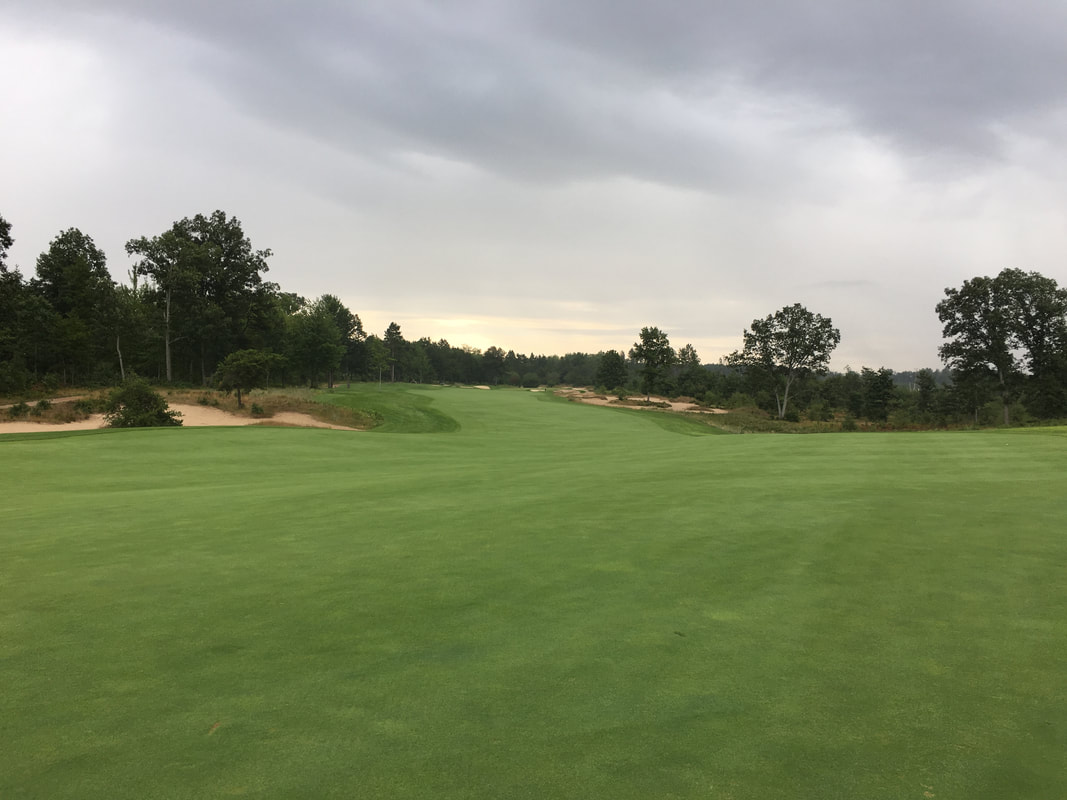
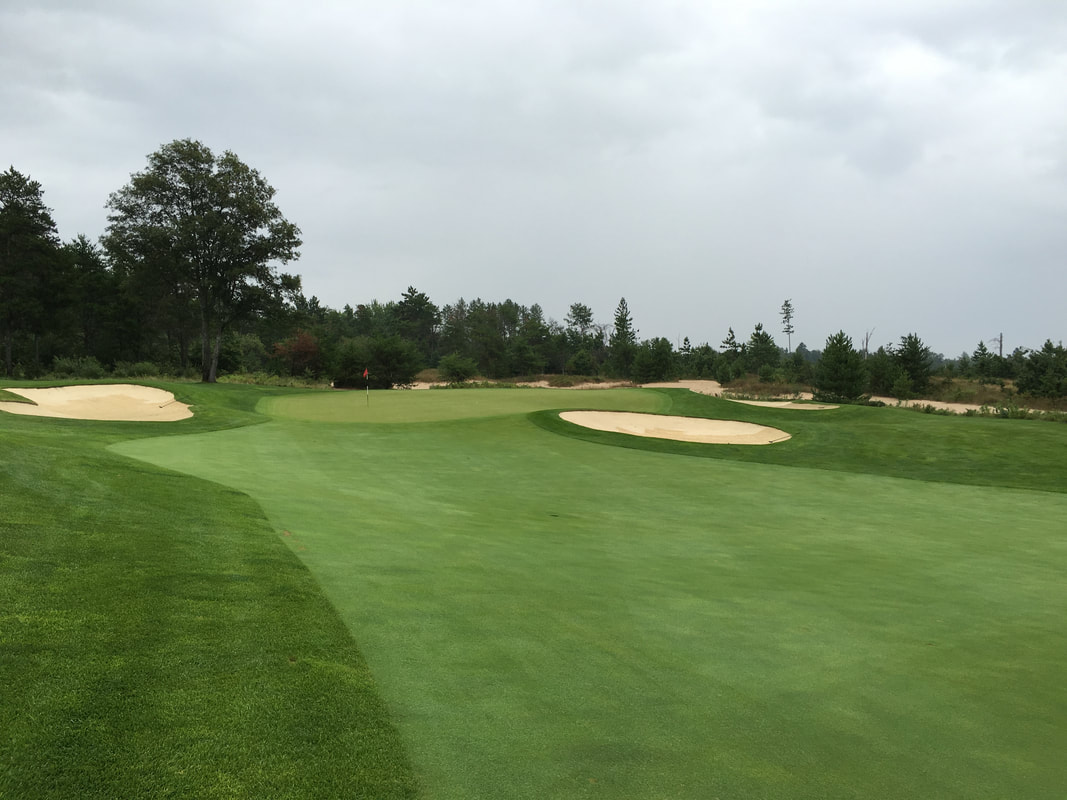
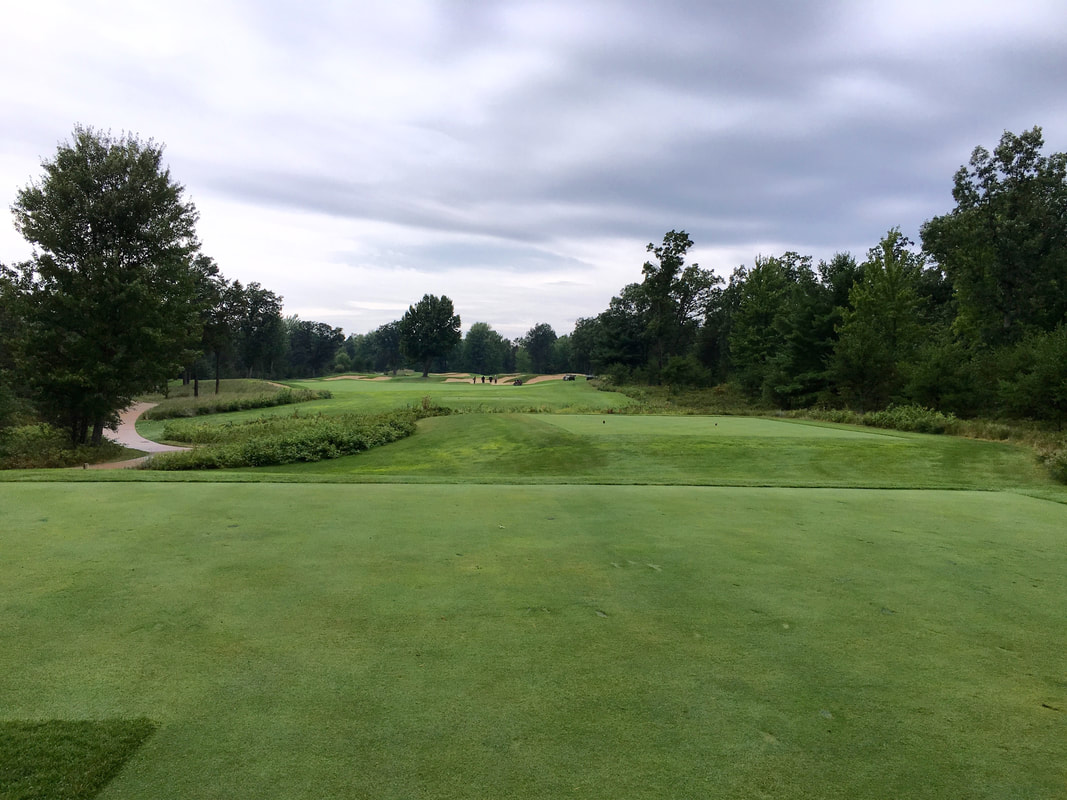
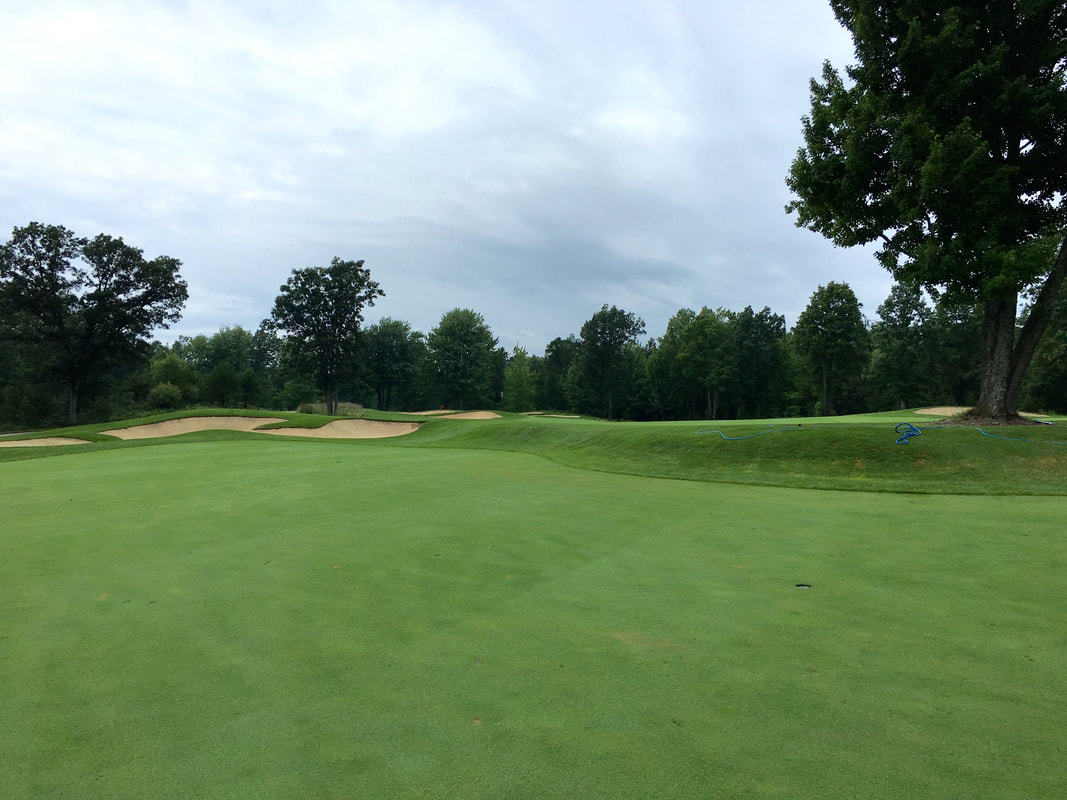
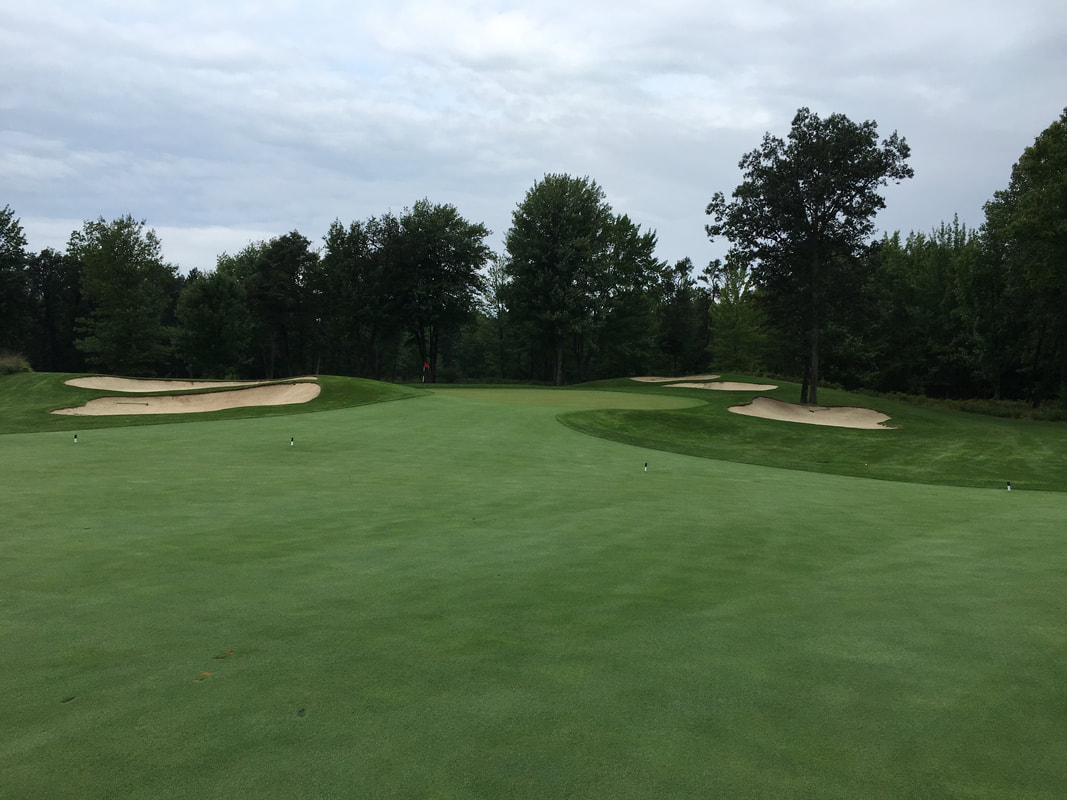
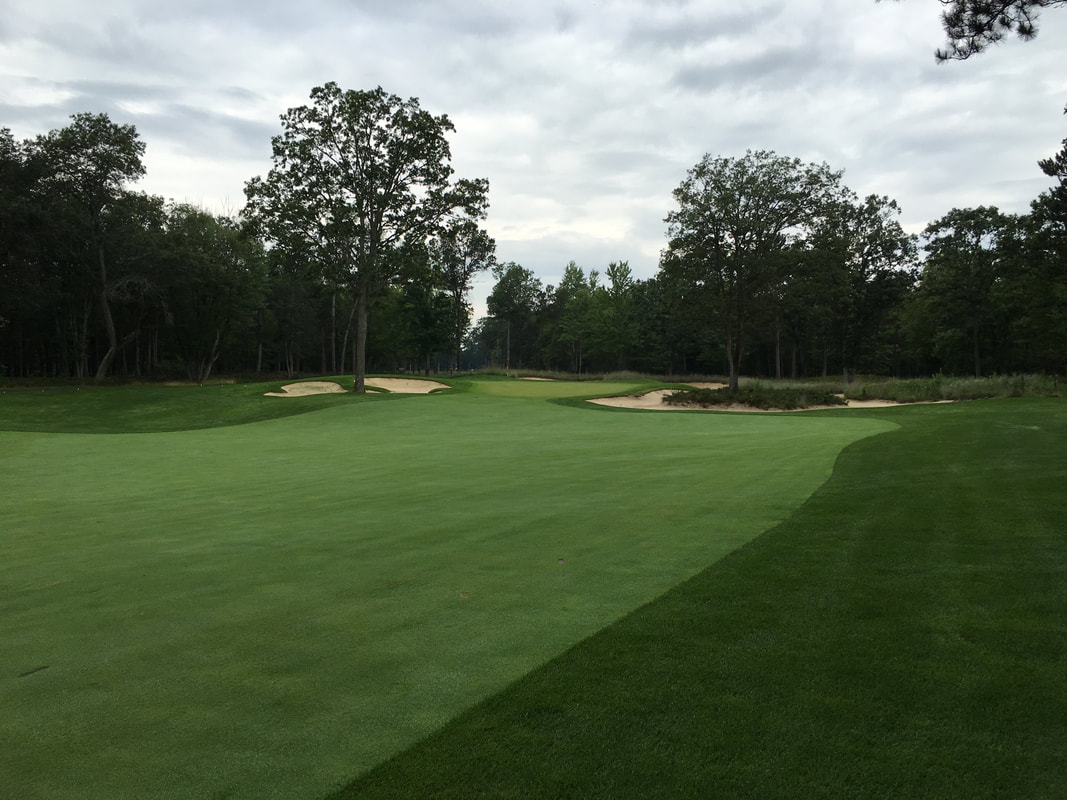
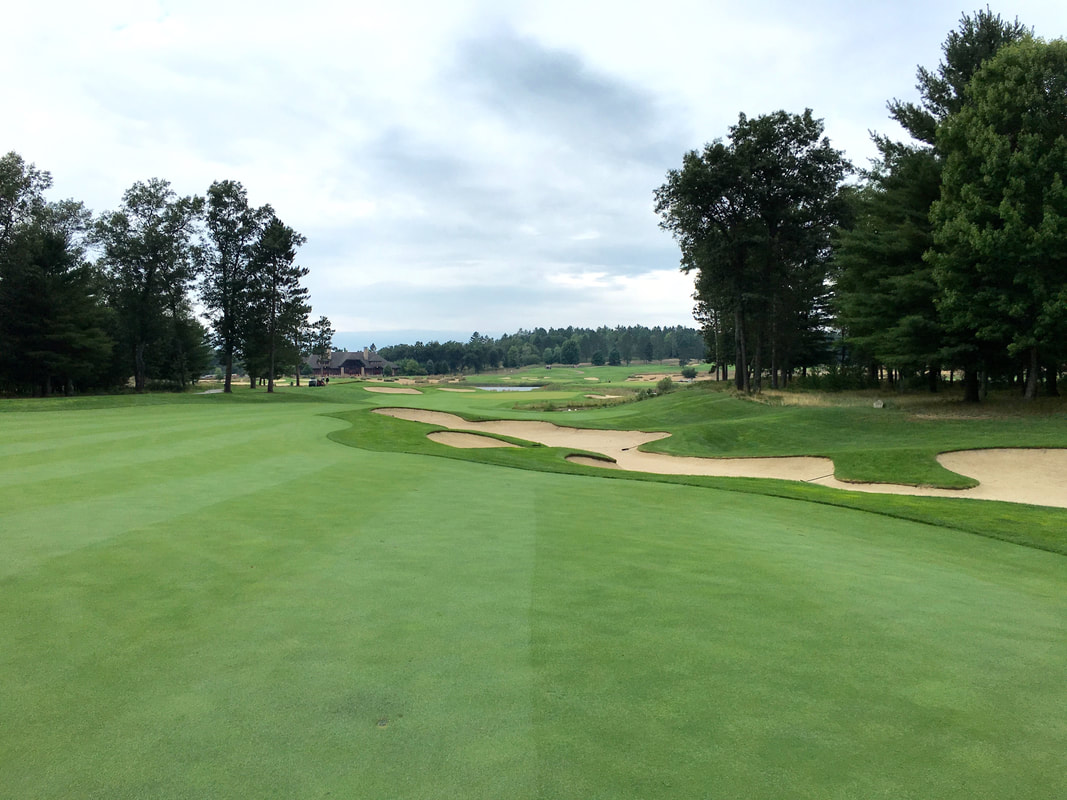
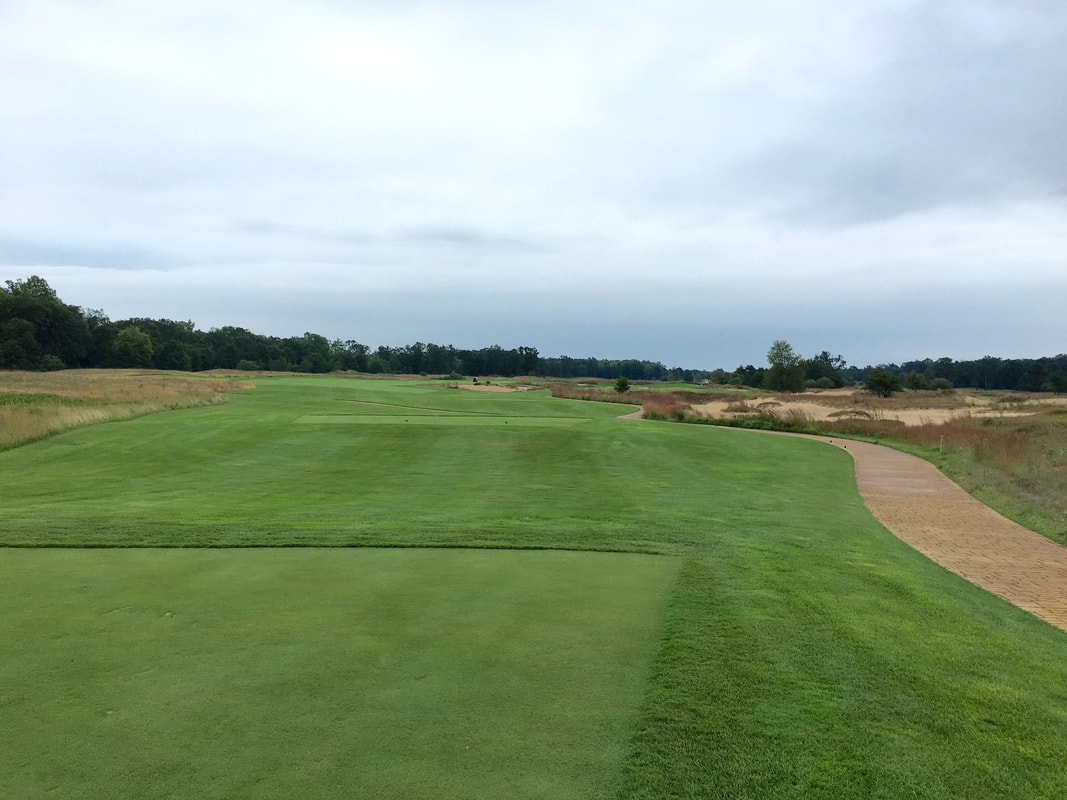
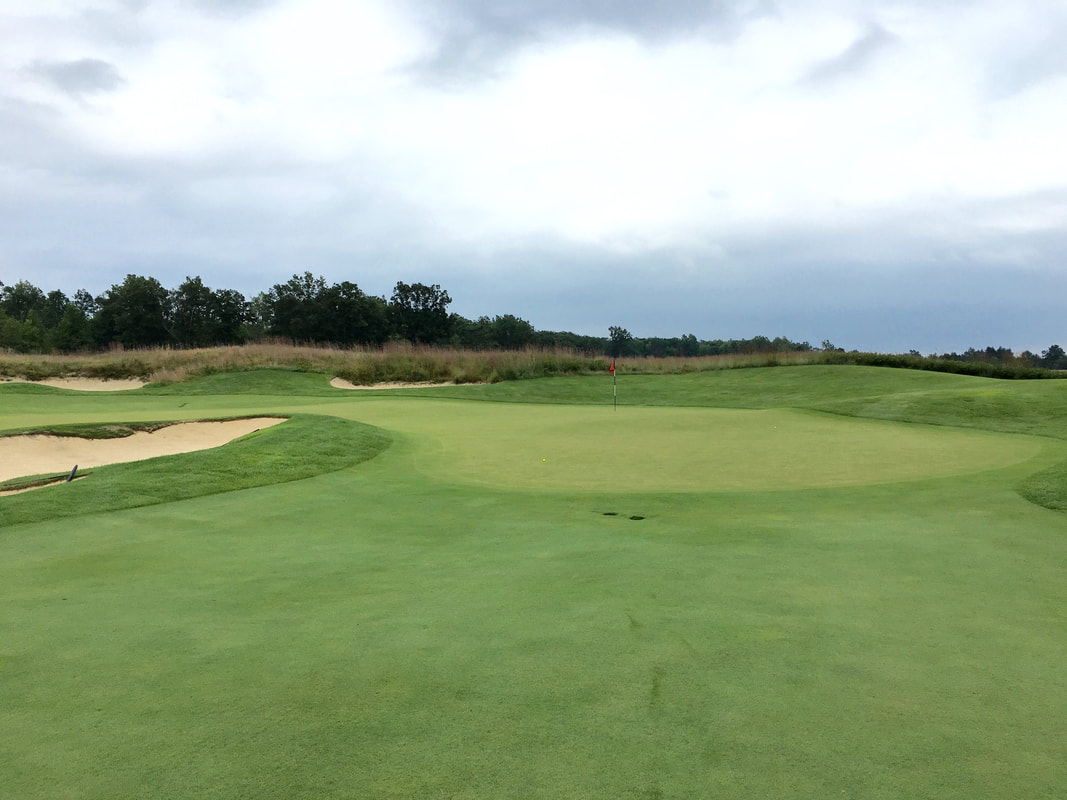
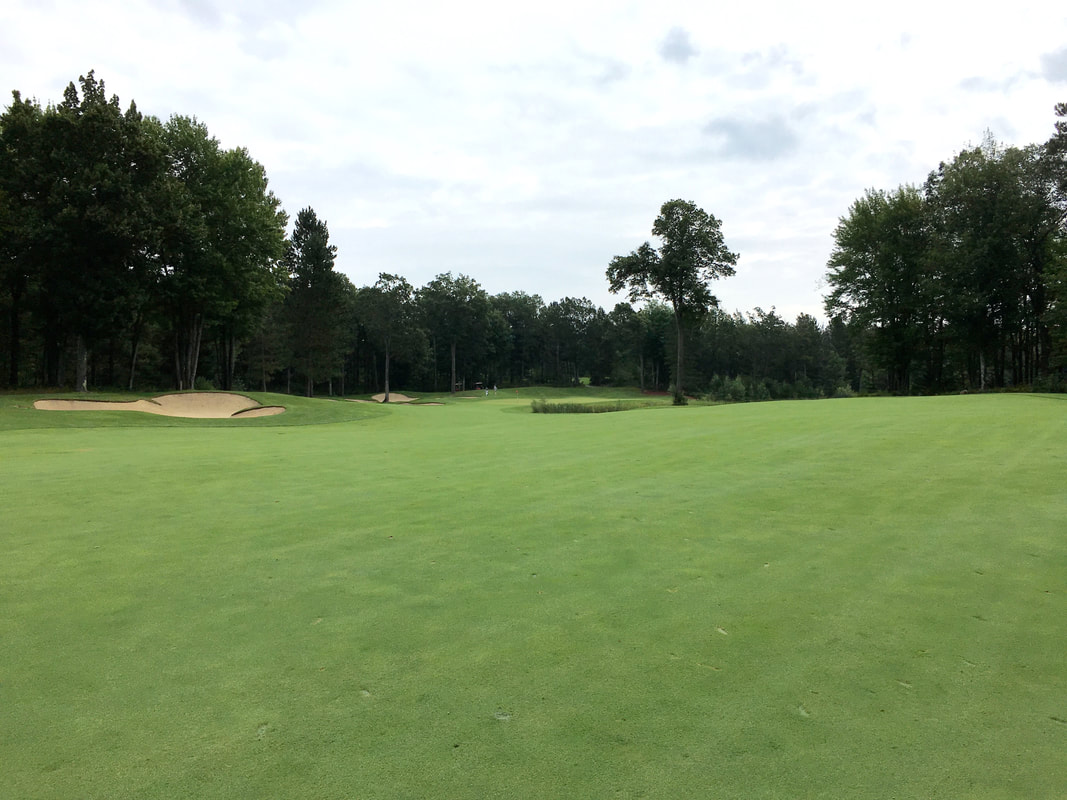
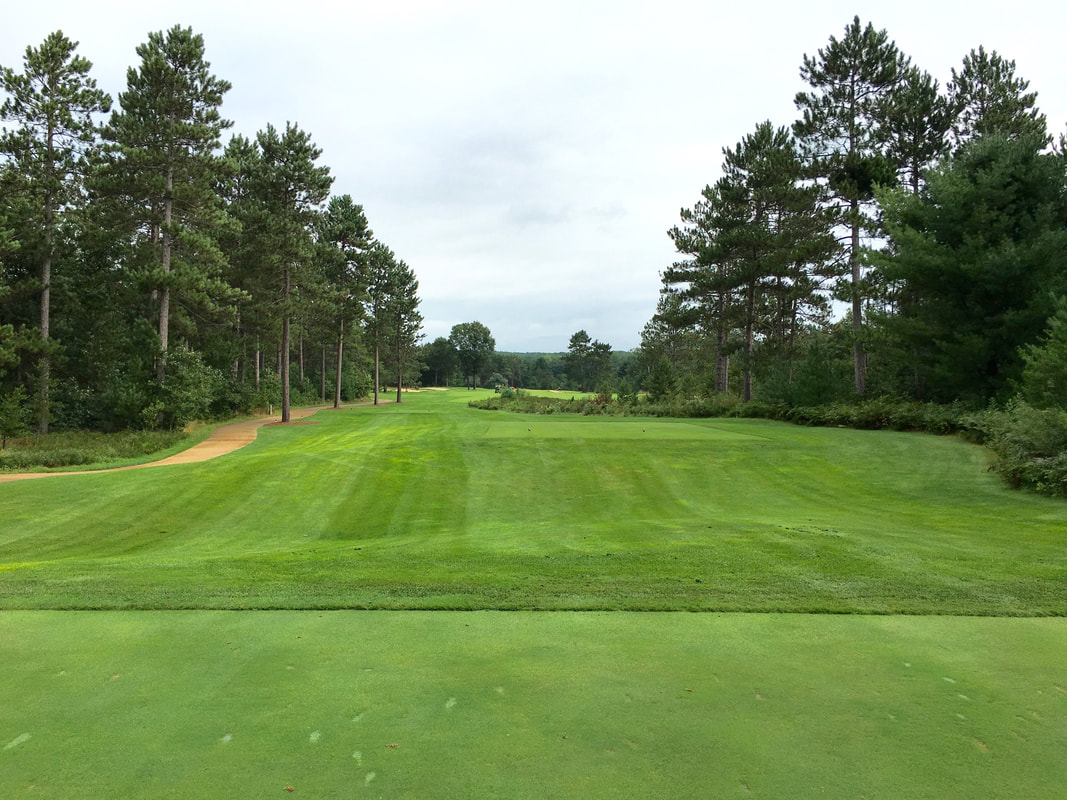
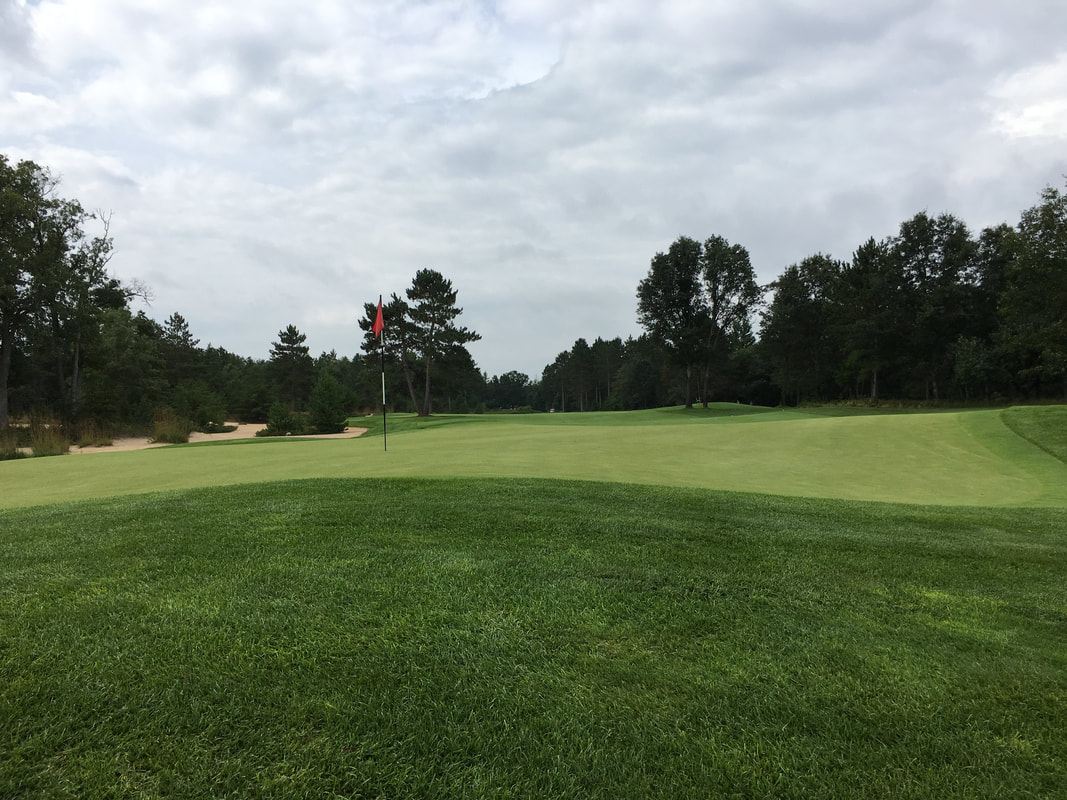
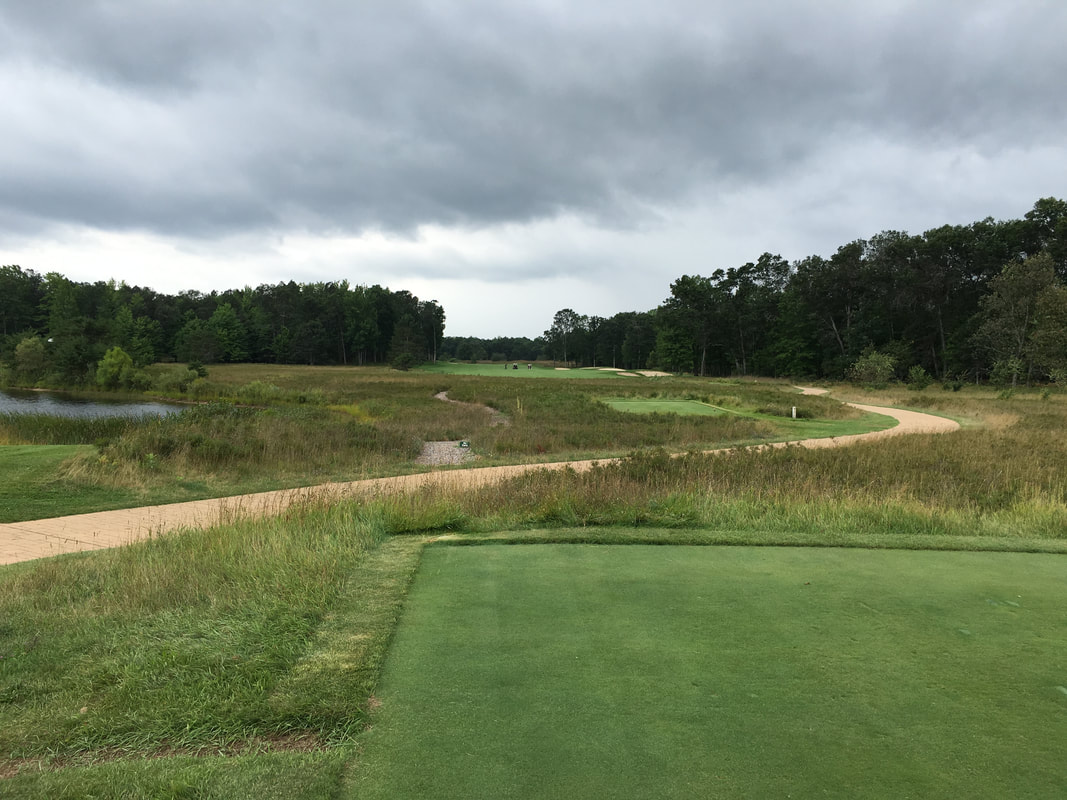
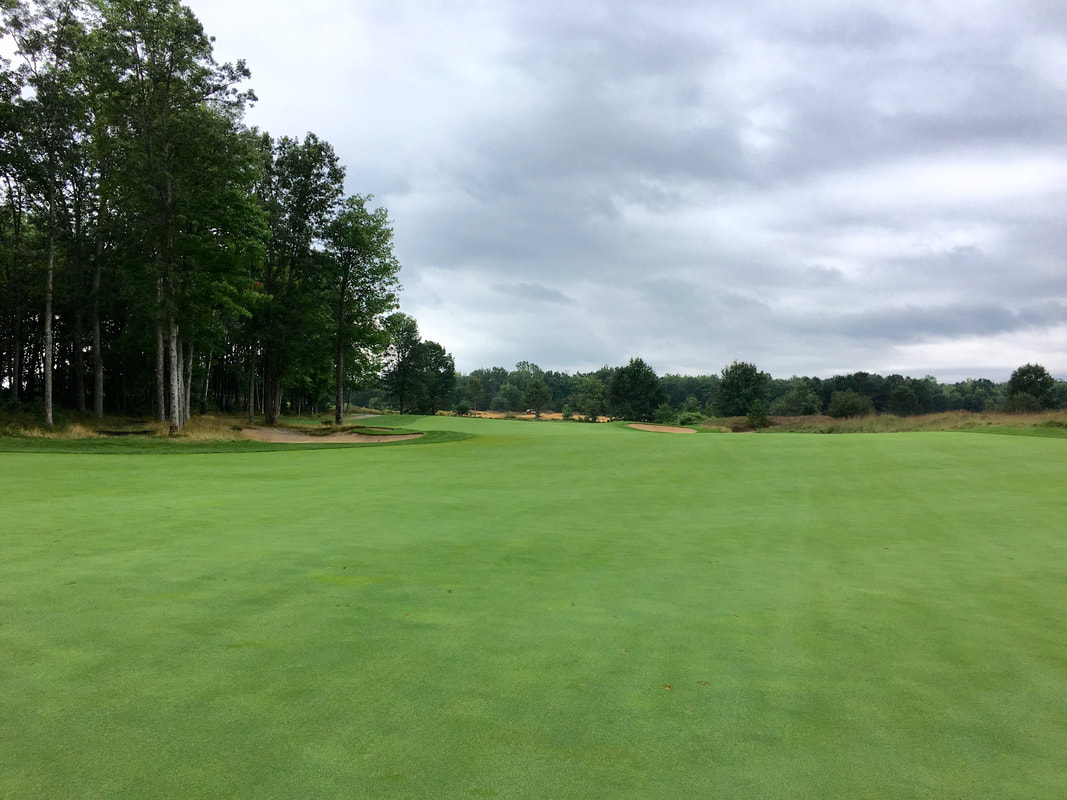
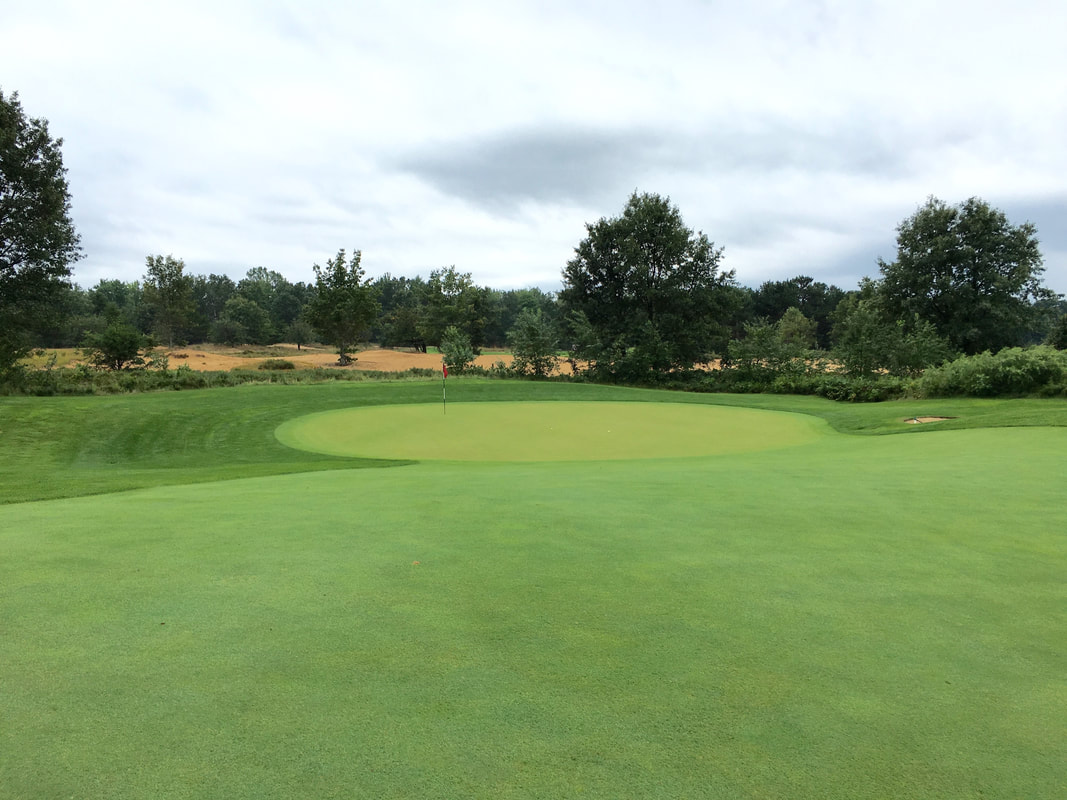
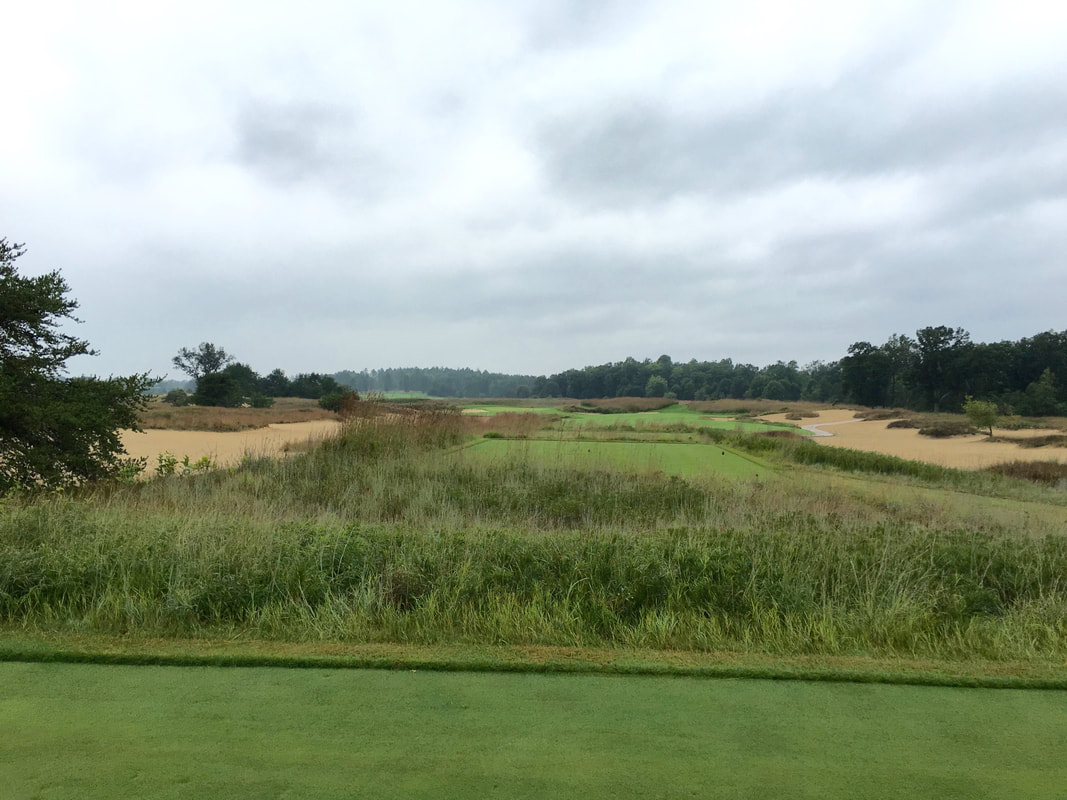
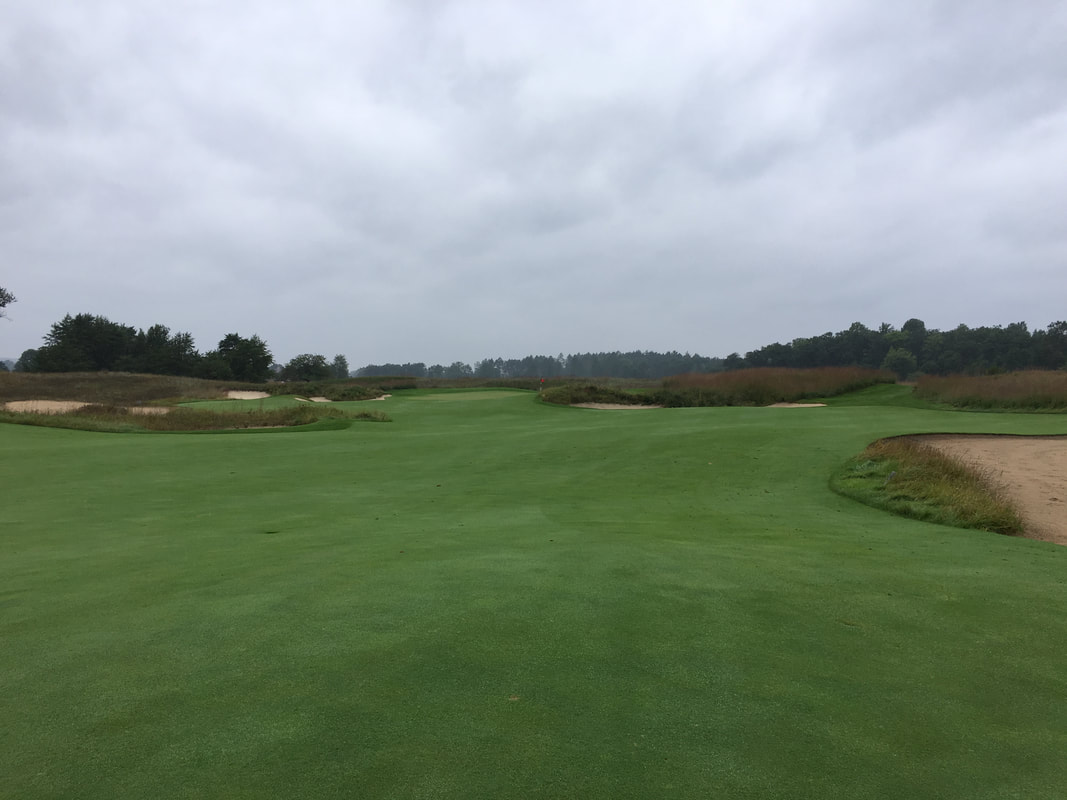
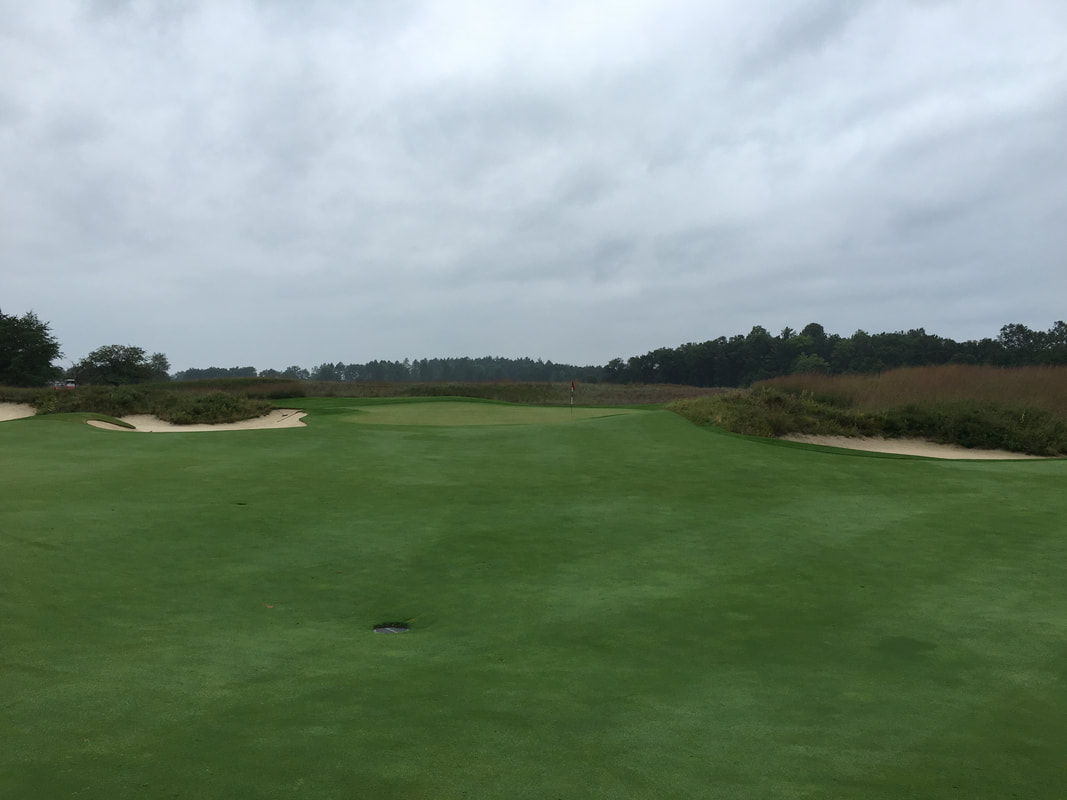
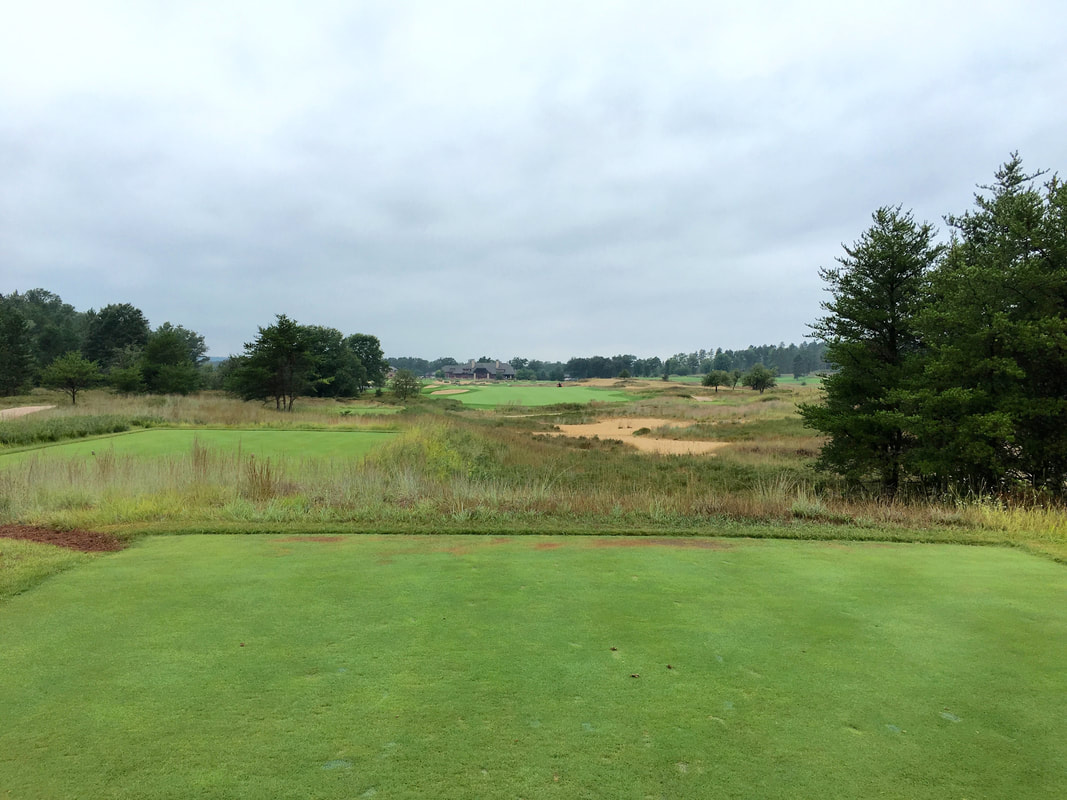
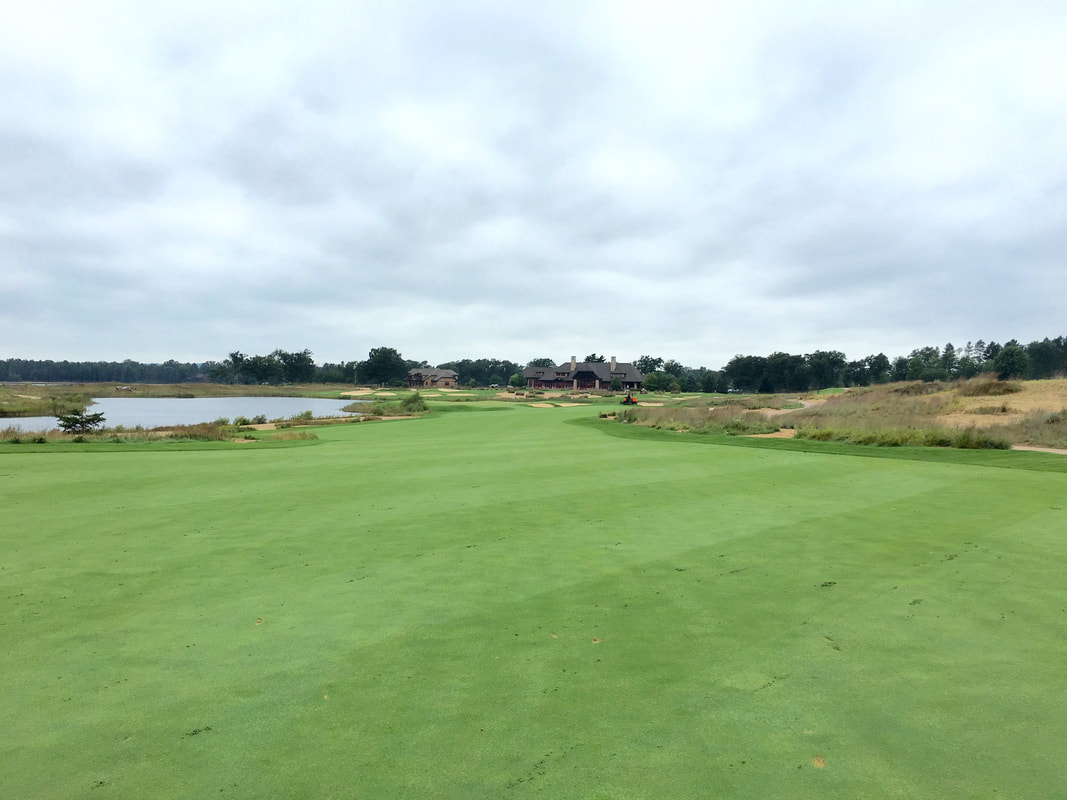
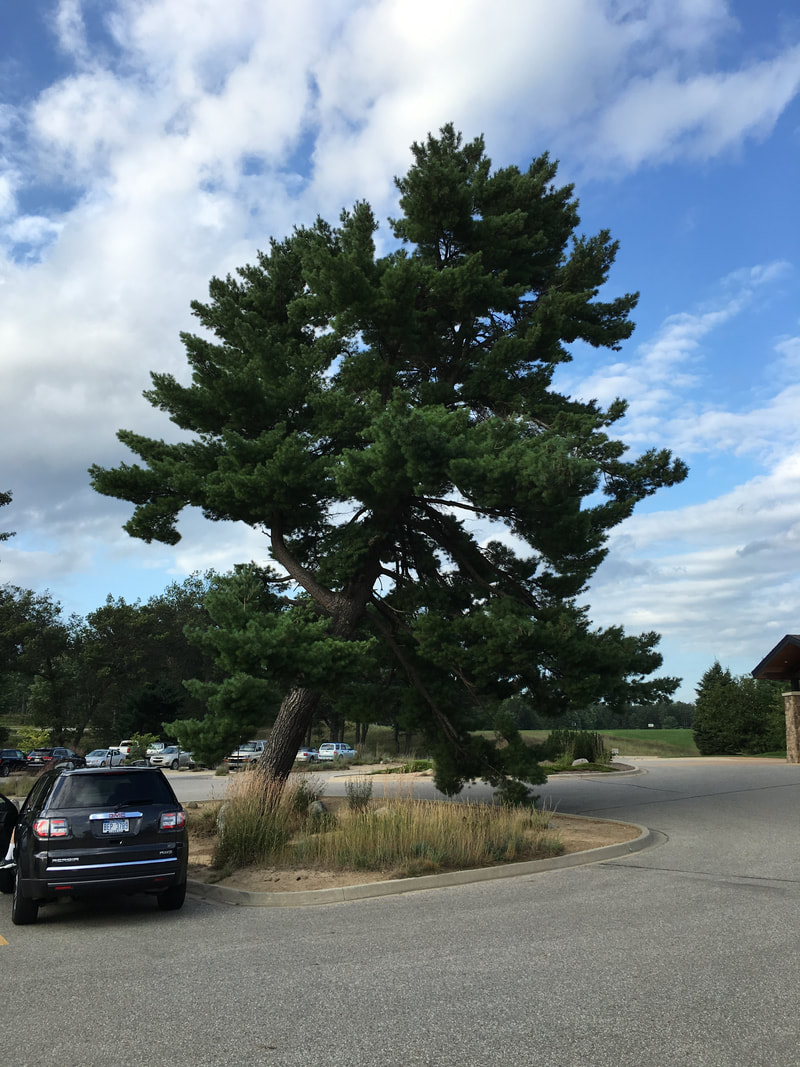
 RSS Feed
RSS Feed